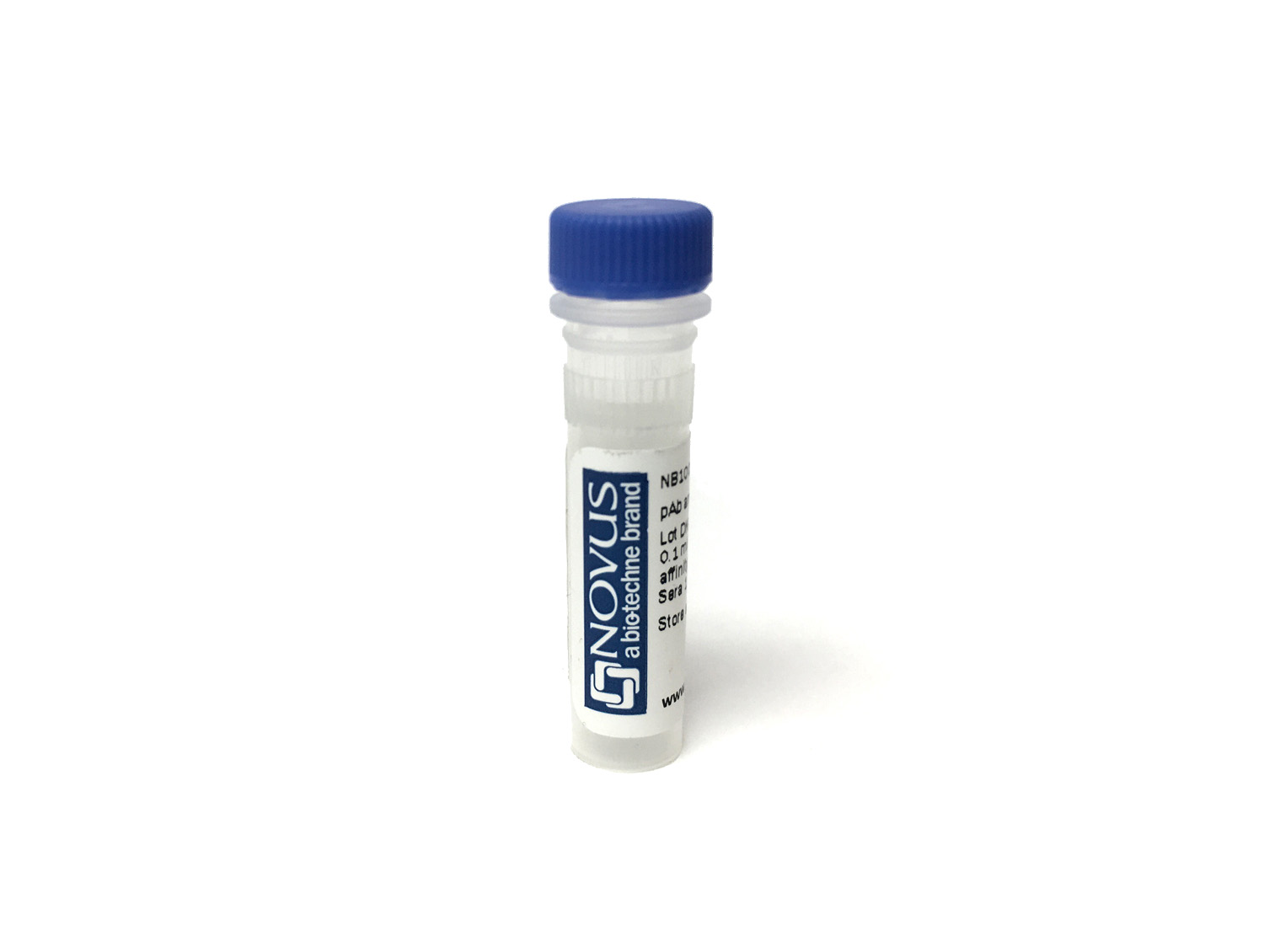Neisseria gonorrhoeae MOMP Products
Neisseria gonorrhoeae infections are acquired by sexual contact and usually affect the mucous membranes of the urethra in males and the endocervix and urethra in females, although the infection may disseminate to a variety of tissues. The pathogenic mechanism involves the attachment of the bacterium to nonciliated epithelial cells via pili (fimbriae) and the production of lipopolysaccharide endotoxin. Similarly, the lipopolysaccharide of Neisseria meningitidis is highly toxic, as it has an additional virulence factor in the form of its antiphagocytic capsule. Both pathogens produce IgA proteases which promote virulence. Many normal individuals may harbor Neisseria meningitidis in the upper respiratory tract, but Neisseria gonorrhoeae is never part of the normal flora and is only found after sexual contact with an infected person (or direct contact, in the case of infections in the newborn).
Show More
26 results for "Neisseria gonorrhoeae MOMP" in Products
26 results for "Neisseria gonorrhoeae MOMP" in Products
Neisseria gonorrhoeae MOMP Products
Neisseria gonorrhoeae infections are acquired by sexual contact and usually affect the mucous membranes of the urethra in males and the endocervix and urethra in females, although the infection may disseminate to a variety of tissues. The pathogenic mechanism involves the attachment of the bacterium to nonciliated epithelial cells via pili (fimbriae) and the production of lipopolysaccharide endotoxin. Similarly, the lipopolysaccharide of Neisseria meningitidis is highly toxic, as it has an additional virulence factor in the form of its antiphagocytic capsule. Both pathogens produce IgA proteases which promote virulence. Many normal individuals may harbor Neisseria meningitidis in the upper respiratory tract, but Neisseria gonorrhoeae is never part of the normal flora and is only found after sexual contact with an infected person (or direct contact, in the case of infections in the newborn).
Show More
| Reactivity: | Bacteria |
| Details: | Mouse IgG1 Monoclonal Clone #386/418 |
| Applications: | ELISA |
| Reactivity: | Bacteria |
| Details: | Mouse IgG1 Monoclonal Clone #386/418 |
| Applications: | ELISA |
| Reactivity: | Bacteria |
| Details: | Mouse IgG1 Monoclonal Clone #386/418 |
| Applications: | ELISA |
| Reactivity: | Bacteria |
| Details: | Mouse IgG1 Monoclonal Clone #386/418 |
| Applications: | ELISA |
| Reactivity: | Bacteria |
| Details: | Mouse IgG1 Monoclonal Clone #386/418 |
| Applications: | ELISA |
| Reactivity: | Bacteria |
| Details: | Mouse IgG1 Monoclonal Clone #386/418 |
| Applications: | ELISA |
| Reactivity: | Bacteria |
| Details: | Mouse IgG1 Monoclonal Clone #386/418 |
| Applications: | ELISA |
| Reactivity: | Bacteria |
| Details: | Mouse IgG1 Monoclonal Clone #386/418 |
| Applications: | ELISA |
| Reactivity: | Bacteria |
| Details: | Mouse IgG1 Monoclonal Clone #386/418 |
| Applications: | ELISA |
| Reactivity: | Bacteria |
| Details: | Mouse IgG1 Monoclonal Clone #386/418 |
| Applications: | ELISA |
| Reactivity: | Bacteria |
| Details: | Mouse IgG1 Monoclonal Clone #386/418 |
| Applications: | ELISA |
| Reactivity: | Bacteria |
| Details: | Mouse IgG1 Monoclonal Clone #386/418 |
| Applications: | ELISA |
| Reactivity: | Bacteria |
| Details: | Mouse IgG1 Monoclonal Clone #386/418 |
| Applications: | ELISA |
| Reactivity: | Bacteria |
| Details: | Mouse IgG1 Monoclonal Clone #386/418 |
| Applications: | ELISA |
| Reactivity: | Bacteria |
| Details: | Mouse IgG1 Monoclonal Clone #386/418 |
| Applications: | ELISA |
| Reactivity: | Bacteria |
| Details: | Mouse IgG1 Monoclonal Clone #386/418 |
| Applications: | ELISA |
| Reactivity: | Bacteria |
| Details: | Mouse IgG1 Monoclonal Clone #386/418 |
| Applications: | ELISA |
| Reactivity: | Bacteria |
| Details: | Mouse IgG1 Monoclonal Clone #386/418 |
| Applications: | ELISA |
| Reactivity: | Bacteria |
| Details: | Mouse IgG1 Monoclonal Clone #386/418 |
| Applications: | ELISA |
| Reactivity: | Bacteria |
| Details: | Mouse IgG1 Monoclonal Clone #386/418 |
| Applications: | ELISA |
| Reactivity: | Bacteria |
| Details: | Mouse IgG1 Monoclonal Clone #386/418 |
| Applications: | ELISA |
| Reactivity: | Bacteria |
| Details: | Mouse IgG1 Monoclonal Clone #386/418 |
| Applications: | ELISA |
| Reactivity: | Bacteria |
| Details: | Mouse IgG1 Monoclonal Clone #386/418 |
| Applications: | ELISA |
| Reactivity: | Bacteria |
| Details: | Mouse IgG1 Monoclonal Clone #386/418 |
| Applications: | ELISA |
| Reactivity: | Bacteria |
| Details: | Mouse IgG1 Monoclonal Clone #386/418 |
| Applications: | ELISA |

